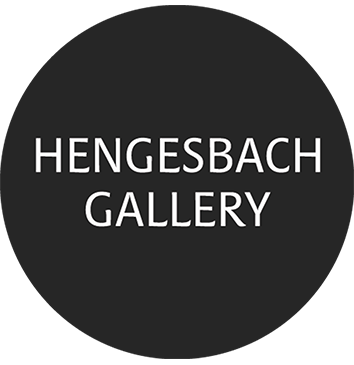David Semper
March 17 – May 3, 2024
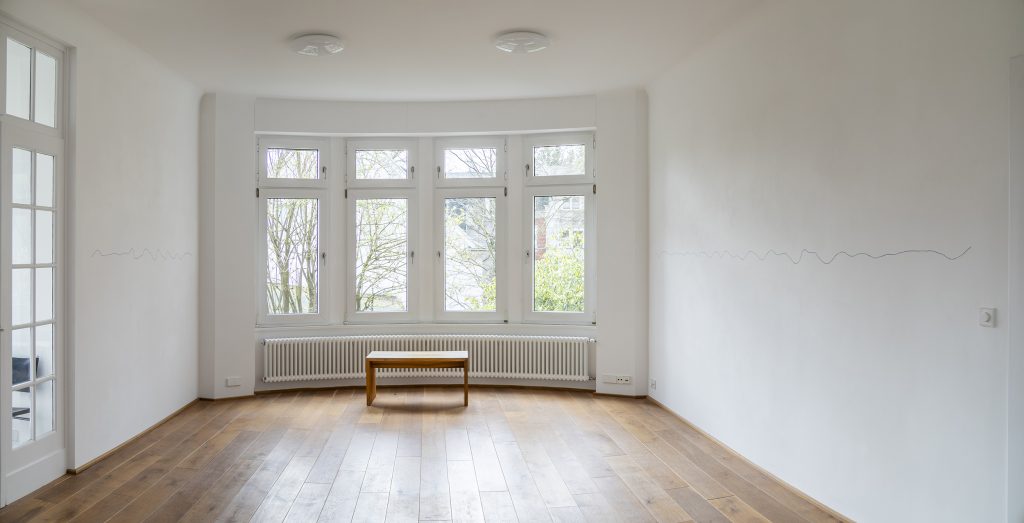
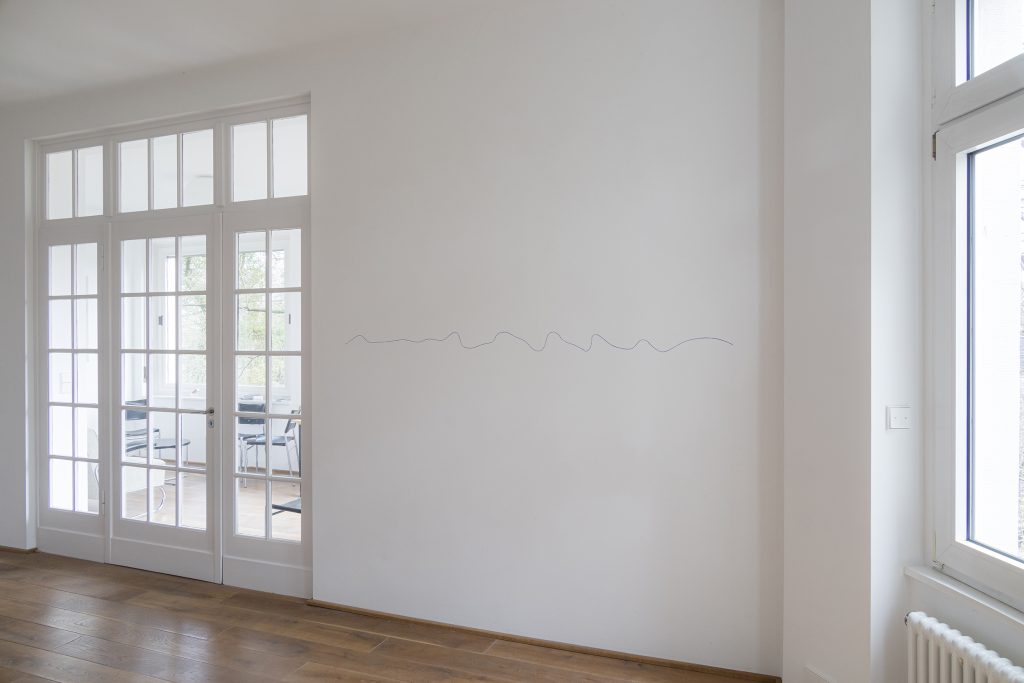
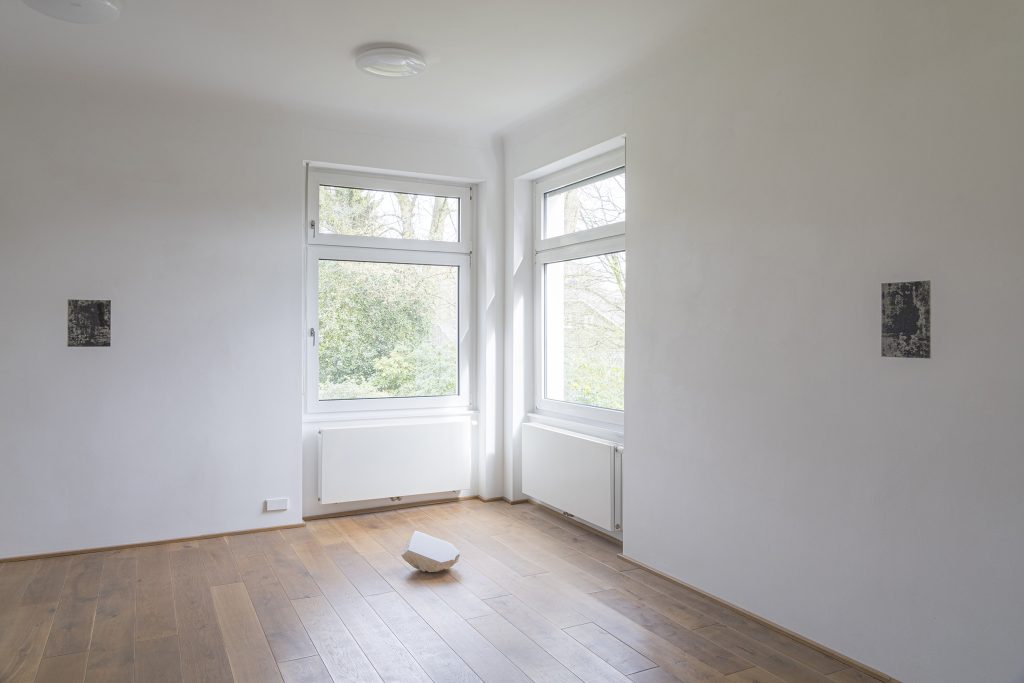
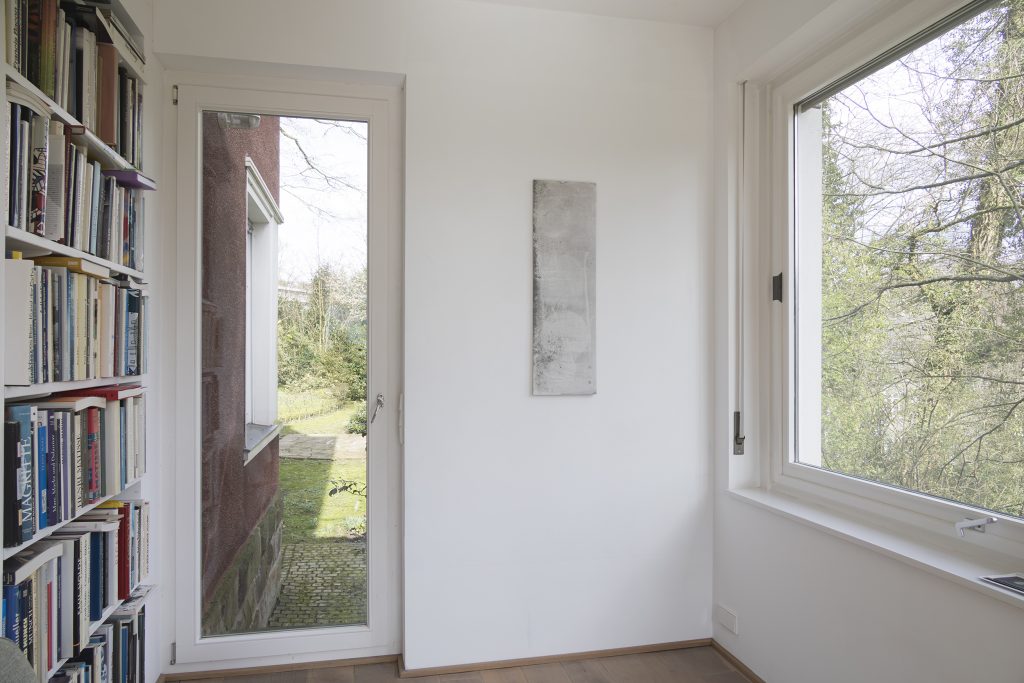
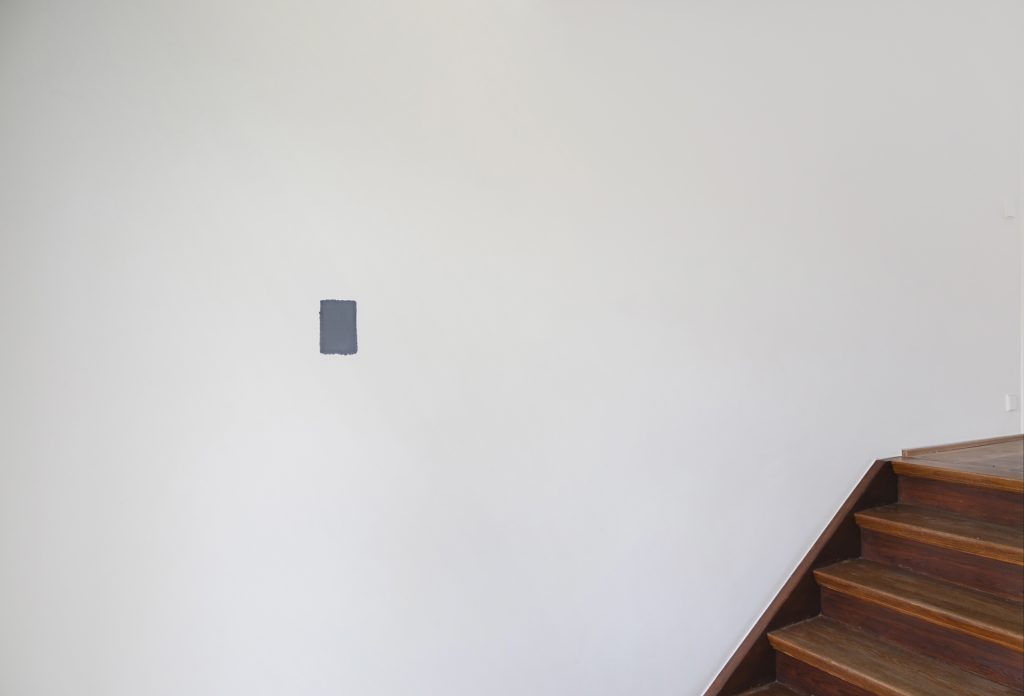
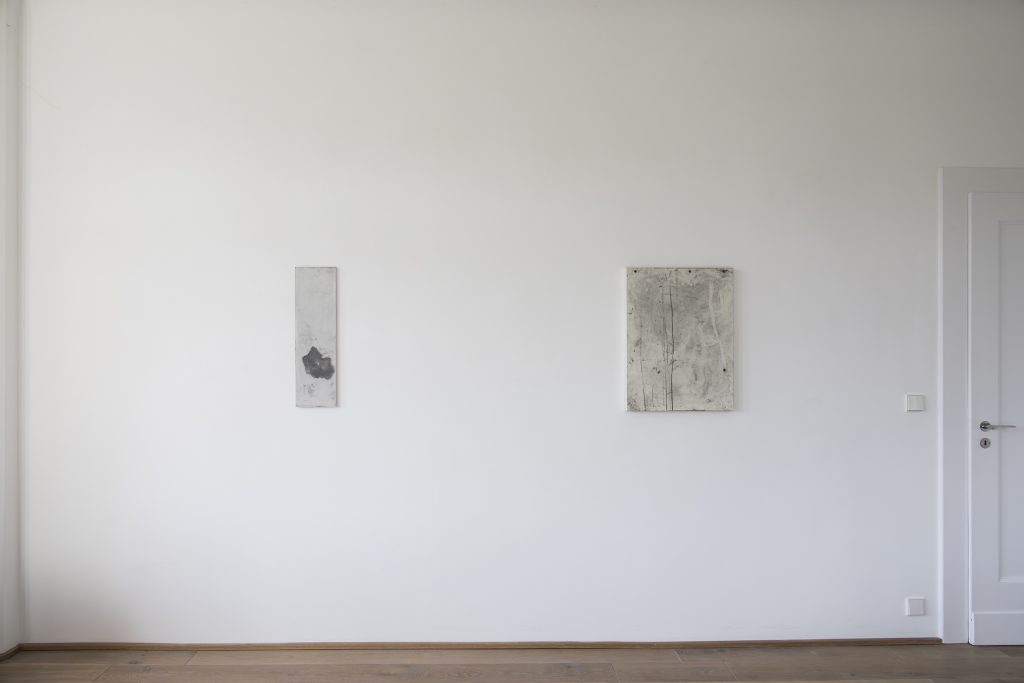
Photos: Dirk Wüstenhagen
David Semper’s sculptural work revisits the original meaning of the word architecture: ‘to set a beginning and to work on it.’ He reflects on the original, the foundation on which everything arises, about the formation of beginnings and their processing.
At the same time, he uses architecture as a frame or background to mark his interventions and placements. He aims to let people experience spatiality by intervening in the built space. His markings work with or within the materiality of architecture. They make the interplay in architecture between the interior and exterior, the appearance of the architectural envelope, experiential. Semper repeatedly intervenes in the two fundamental elements of architecture, the support structure and the wall, while simultaneously addressing the two dimensions of architecture, horizontality and verticality.
In his last exhibition, he embedded halves of eggshells into the wall or inserted papers into them. Internal tension in the shapes of the cavities and the curved lines of the papers, along with varying degrees of gloss or matte on the surfaces, were expressed in these elements.
In this exhibition, Semper makes visible the tension and relaxation, as well as the ups and downs in the lines, by scoring and inserting marking strings. The tension of strings in construction creates straightness, while also measuring lengths, determining relationships, proportions, to generate defined measurements in the building process.
In the spaces created by architecture, we live. Our own life line connects with it because a significant part of the ups and downs of our lives takes place within these spaces. However, it can also map not only the inner course but also the outer terrain of the topography around us. Semper does not merely illustrate; his life lines are not painted but scored and inserted. They are something internal in the wall that steps outward at the interface to the surface. The incisions make the materiality visible.
Reflecting on ‘materiality’ is another fundamental interest in his work. This includes separating components of materiality, observing changes in materiality, and bringing their subtle effects to the surface. Elemental changes in materiality are effected by fire. These can paradoxically be both white (as with alabaster) and black in the form of soot. Alabaster is gypsum that has formed into a crystal structure under pressure and water. Due to its crystalline form, alabaster can be cut into thin slabs that allow a fine transparency to shine through. In the Middle Ages, church windows were made from alabaster discs when the processing of completely transparent glass was still challenging. When heated, alabaster drives out the water and appears as white gypsum.
A burning candle produces soot in the air. This residue can settle on surfaces. The free movement of fire can settle as sediment. These deposits can be incorporated when the settled soot is pressed into damp plaster, creating a fascinating mix of darkness and circles of light. Incorporations are also a process associated with building, with the erection of architecture. Here the circle closes.
Semper’s exhibition is titled ‘Foyer.’ A foyer is the anteroom, the entrance to the spaces. The foyer lets us enter and is the beginning from which we move away into the branches or into the rooms of our lives.
Rolf Hengesbach
